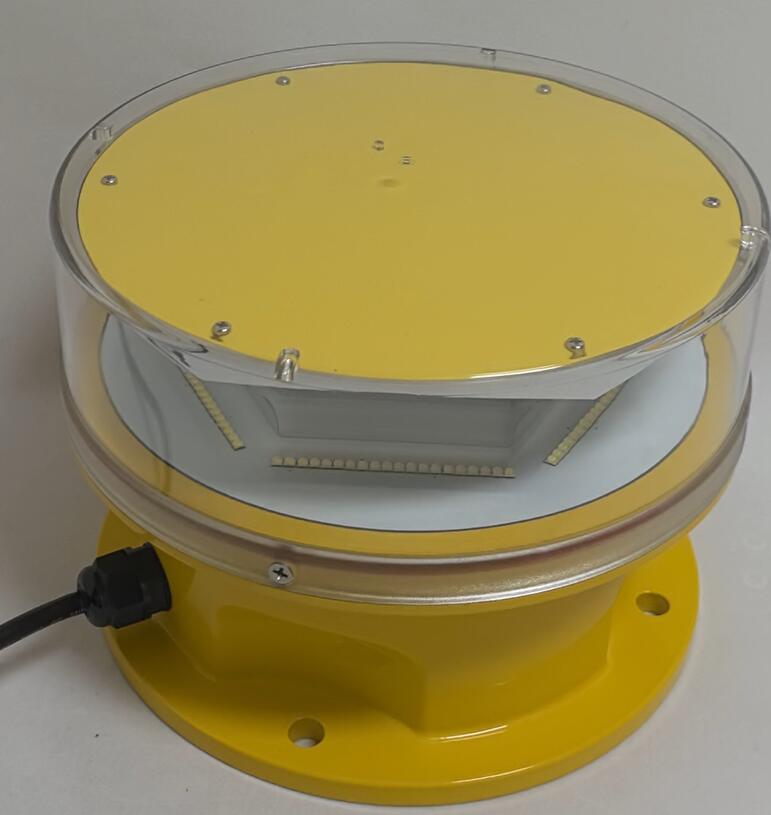Understanding Aircraft Warning Lights Regulations South Africa: A Vital Safety Requirement
Aircraft warning lights play a critical role in aviation and infrastructure safety worldwide. In South Africa, the regulatory framework surrounding these lights is structured to ensure the highest standards of aviation safety and the protection of both airspace users and people on the ground. This article provides a concise and original overview of aircraft warning lights regulations South Africa , outlining the key requirements, responsibilities, and implications for stakeholders.
Why Aircraft Warning Lights Matter
Aircraft warning lights are installed on tall structures such as buildings, towers, cranes, wind turbines, and antennas. Their purpose is to prevent collisions by making these structures visible to pilots, especially during night time or poor visibility conditions. In South Africa, compliance with aircraft warning lights regulations is not optional—it is a mandatory safety measure enforced by civil aviation authorities.

Regulatory Authority in South Africa
In South Africa, the South African Civil Aviation Authority (SACAA) is the primary body responsible for the implementation and enforcement of aviation safety standards, including those related to obstruction lighting. The SACAA operates under the Civil Aviation Act, 2009 (Act No. 13 of 2009), which governs all civil aviation activities within the country.
Regulations related to aircraft warning lights fall under the South African Civil Aviation Regulations (SACARs), particularly Part 139 and Part 139.01.32, which provide detailed guidance on aerodrome infrastructure, obstacle management, and lighting systems.
| Understanding Aircraft Warning Lights Regulations South Africa |
Key Requirements of Aircraft Warning Lights Regulations South Africa
The following are the core aspects of aircraft warning lights regulations South Africa:
1. Lighting Categories and Heights
South African regulations categorize structures based on height and location:
Structures taller than 15 meters located near aerodromes or flight paths must be evaluated for potential obstruction.
Structures above 45 meters in general are subject to mandatory lighting regardless of location.
Lighting types are defined as low-intensity, medium-intensity, and high-intensity depending on structure height and proximity to flight operations.
| Aircraft Warning Lights Regulations South Africa |
2. Light Types and Colors
Red lights are typically used for night-time marking and are either steady or flashing, depending on intensity.
White strobe lights may be used for daytime marking, especially for taller structures.
Lighting must be visible from all angles around the structure to give pilots adequate warning.
3. Maintenance and Operation
All warning lights must be operational 24/7.
Backup power sources are required for critical installations to prevent outages.
Operators are responsible for routine inspections and immediate repairs in case of light failure.
Light outages lasting longer than 30 minutes must be reported to SACAA and NOTAMs (Notice to Airmen) must be issued if near aerodromes.
4. Location-Specific Requirements
Urban areas near airports, such as Johannesburg’s OR Tambo International Airport, have stricter enforcement due to dense air traffic.
Coastal regions may require additional caution due to low visibility caused by fog or marine weather conditions.
Responsibilities of Stakeholders
Structure Owners: Must assess whether their structures require obstruction lighting based on location and height. They must ensure full compliance with installation, operation, and reporting standards.
Lighting Manufacturers and Installers: Must provide SACAA-approved lighting systems that meet intensity, color, and durability standards. Installers must be familiar with aviation lighting guidelines.
Airport Authorities: Monitor airspace around airports and coordinate with SACAA to ensure nearby developments do not compromise aviation safety.
Municipal Planning Departments: Must consider aviation safety when approving building plans for tall structures and may be required to consult with SACAA during the planning process.
Penalties for Non-Compliance
Failure to comply with aircraft warning lights regulations South Africa can lead to:
Legal action under the Civil Aviation Act.
Administrative penalties such as fines or operational shutdowns.
Civil liability in the event of an accident resulting from unmarked structures.
Regulatory inspections are regularly conducted, and surprise audits may be carried out to ensure adherence.
Alignment with International Standards
Aircraft warning lights regulations South Africa are aligned with international best practices, including:
ICAO Annex 14 – Aerodromes
FAA obstruction marking standards
This ensures that South Africa remains globally compliant and that its airspace operates with international levels of safety.
Future Developments and Technology Trends
South Africa is progressively incorporating smart lighting systems and solar-powered obstruction lights, which reduce maintenance costs and enhance reliability. There is also a move toward automatic monitoring systems that notify operators immediately upon malfunction.
The SACAA is reviewing current policies to better accommodate drone operations and urban air mobility, which may soon influence how obstruction lighting is regulated for lower-altitude airspace.
Understanding and complying with aircraft warning lights regulations South Africa is essential for anyone involved in infrastructure, aviation, or urban development. These regulations are not only about following legal procedures—they’re about preserving lives and ensuring the integrity of South Africa’s airspace. As aviation and infrastructure continue to evolve, so will the standards, and staying informed will remain a crucial part of responsible development.
